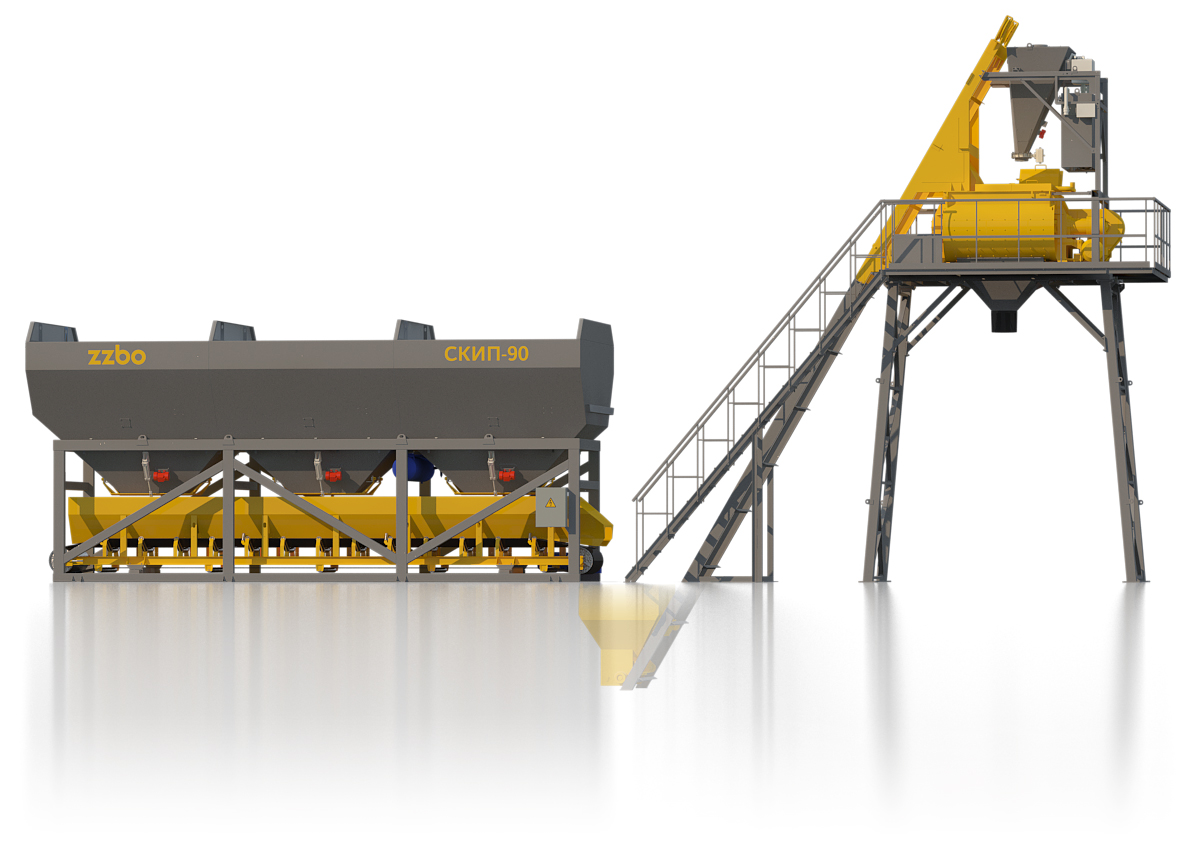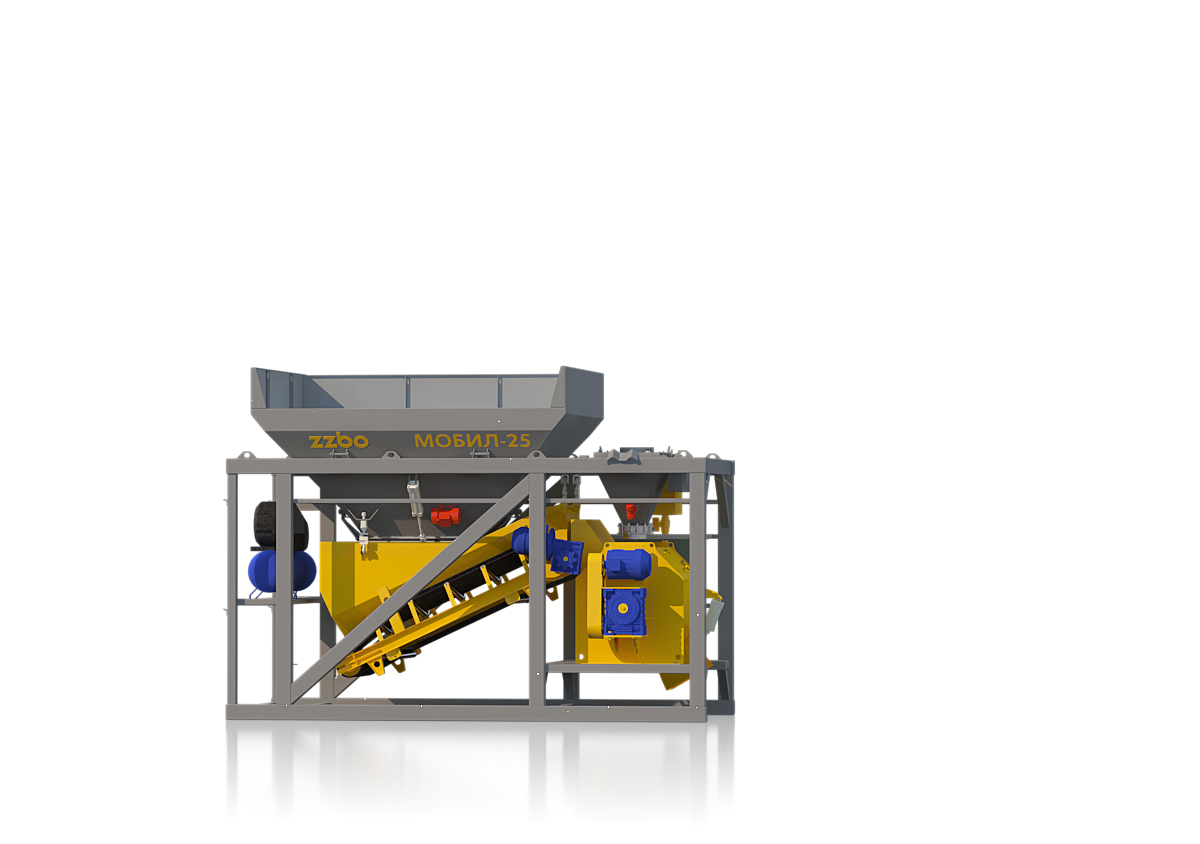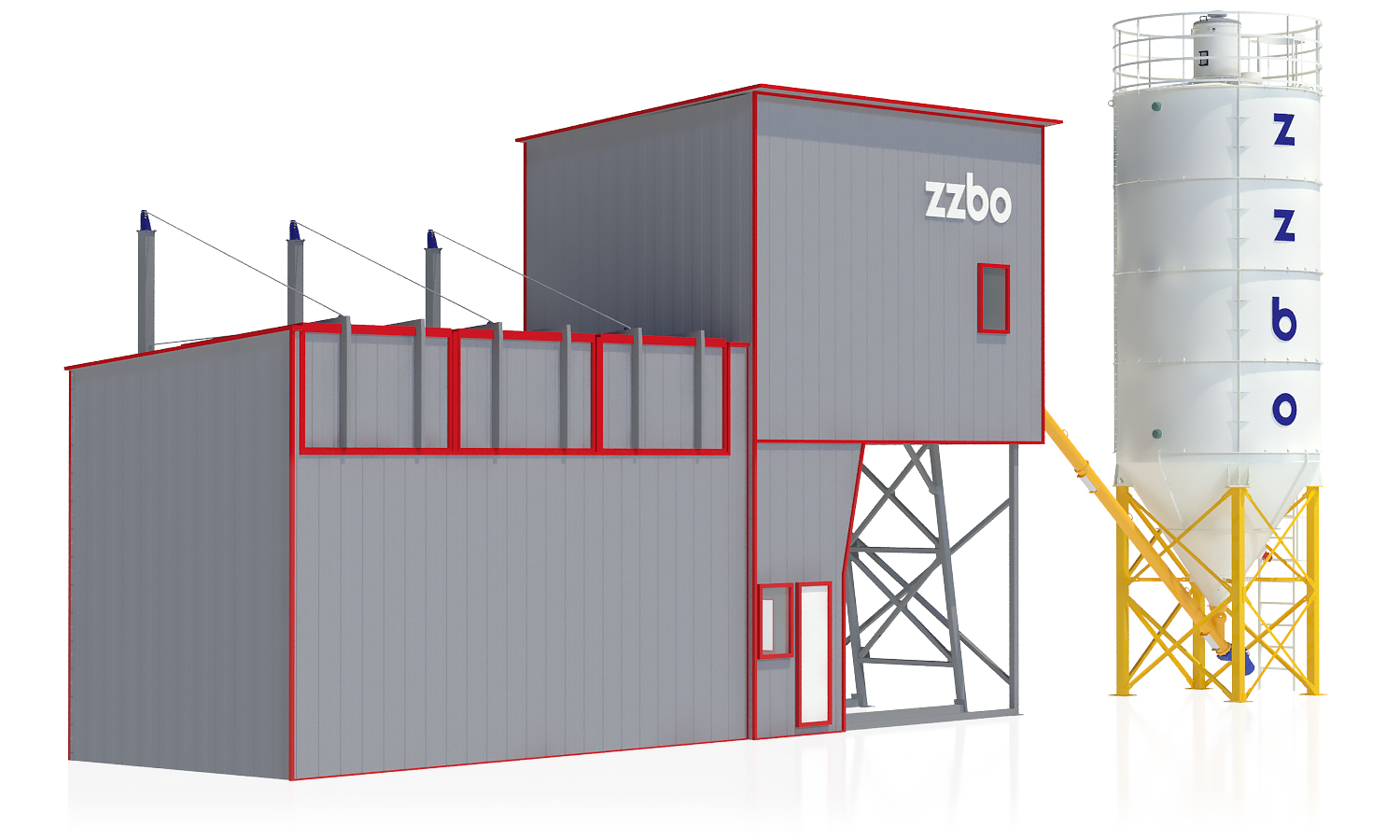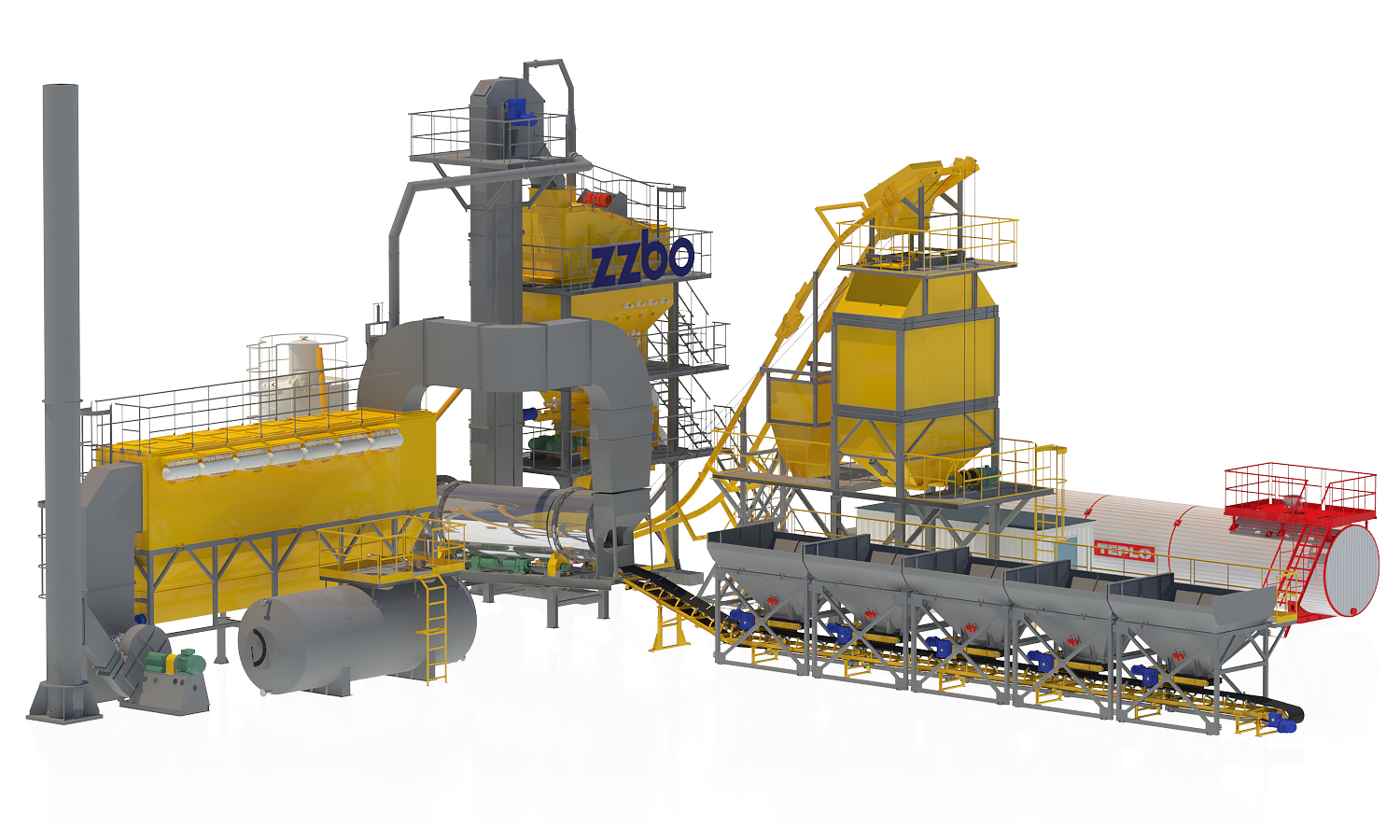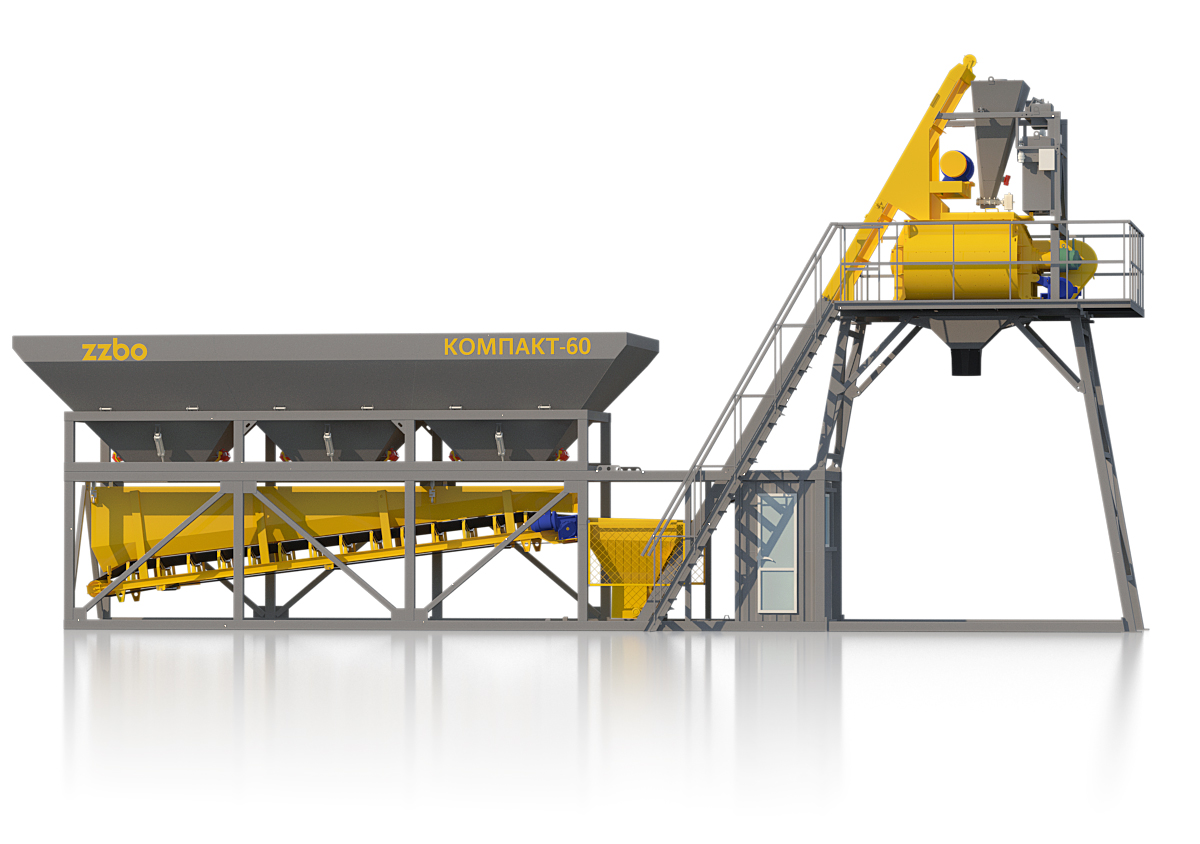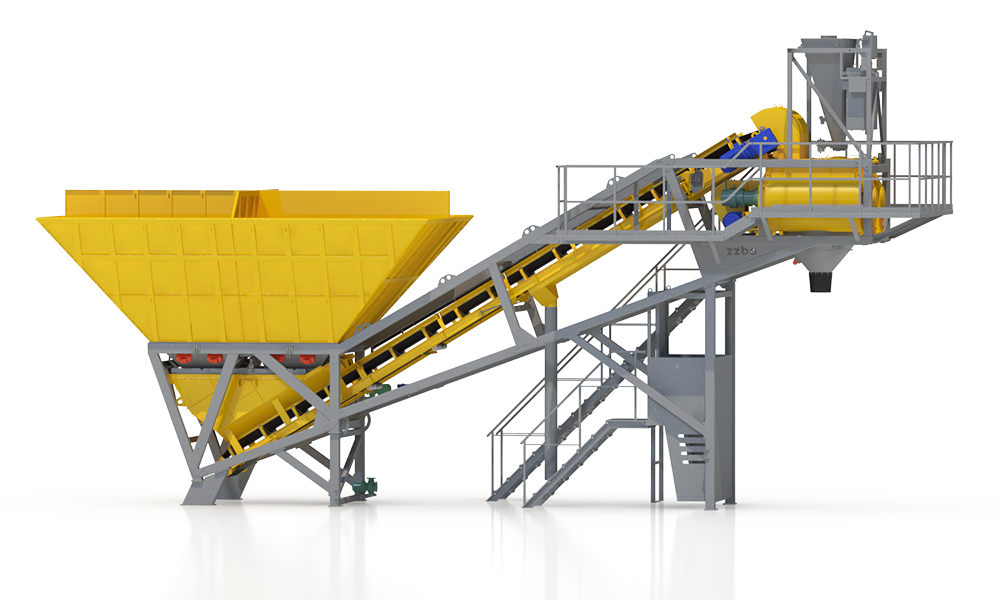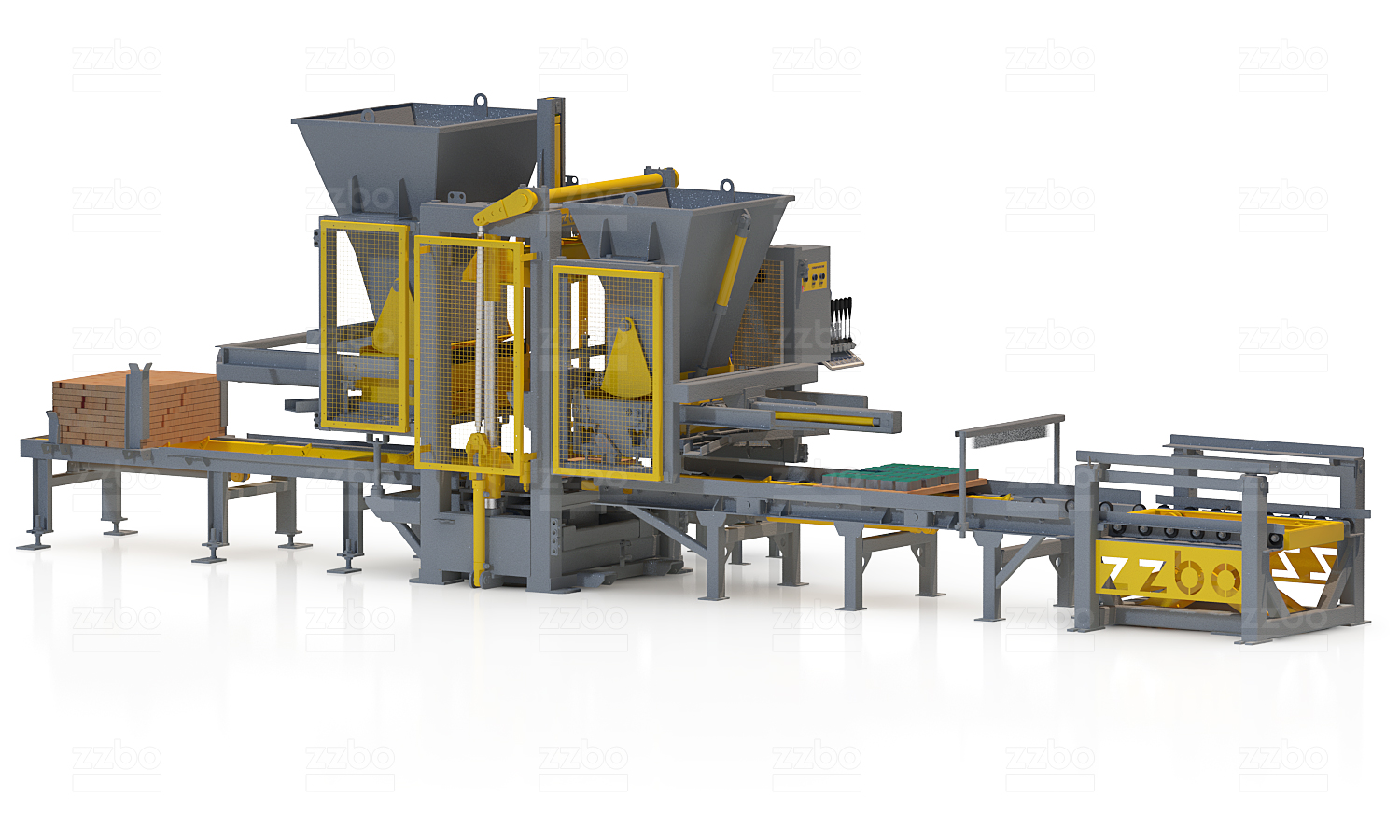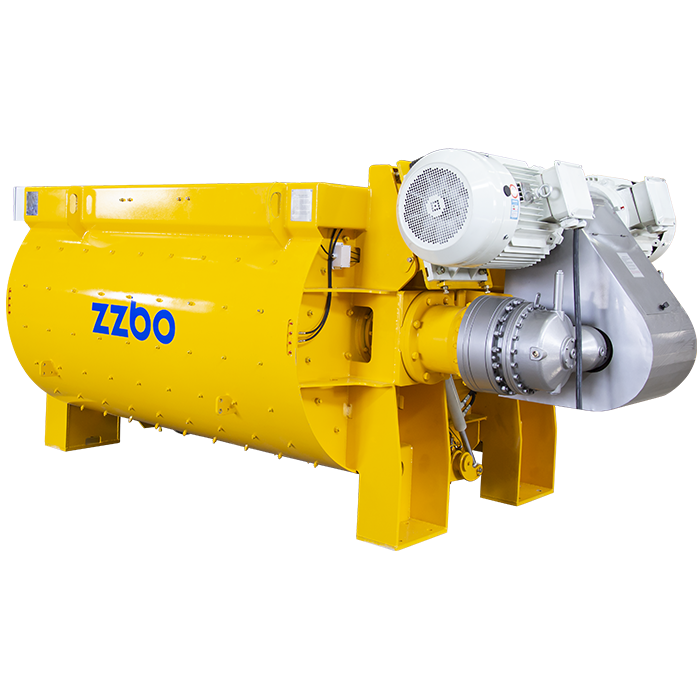In accordance with technological requirements inerts concrete mix when loaded into the mixer for mixing should be at a temperature not lower than 15 degrees C. Arrangement for concrete plants special heating systems sand, crushed stone and gravel contributes RBU round operation without reducing the quality of the produced concrete.

Aims and objectives of the heating systems of inert materials
the heating system of inert materials intended for warming of rubble, sand and gravel directly into bins dosing systems of concrete plants for the following purposes:
- preventing freezing or slugging inert fillers, otherwise the frozen lumps of sand and gravel stick to the inner walls of the hoppers, passes Score discharge hoppers, disrupt the process of accurate dosing;
- providing a desired temperature of inert fillers in accordance with the process of production rules.
In the process of heating the inert following tasks:
- Melting ice and snow contained in the downloadable into hoppers DK inert materials after storage in outdoor conditions.
- Drying thawed material to their natural moisture.
- Improved bulk properties of fine components.
- The heating of the sand, gravel and crushed stone up to a predetermined temperature.

The principle of heating with hot air of inert materials
Обогрев инертных материалов горячим воздухом, нередко называемый аэродинамическим методом, заключается в прямой передаче тепловой энергии горячего воздуха при обдуве песка, гравия и щебня в бункерах ДК. Технически аэродинамический способ реализуется специальными воздухонагревательными установками, например, теплогенератором ТГВ – 250 производства ZZBO, использующими в качестве теплоагента воздух, нагретый до температуры 150-200 градусов Ц. Работа воздухонагревательной системы проводится в следующей последовательности:
- cold ambient air is blown by a fan in the heat exchanger for heating the combustion gas or diesel oil;
- heated in the heat exchanger to the operating temperature of the hot air duct system is fed into the hopper of the metering complex it passes through the entire volume of the inert, dehumidifies and heats them until ready for further use;
It is important! Отличительной особенностью теплогенераторов горячего воздуха от других типов установок динамического способа обогрева инертных материалов является использование косвенного нагрева, в ходе которого тепло газообразных продуктов сгорания топлива передается через стенку камеры сгорания трубам теплообменника. А сами дымовые газы от сжигания топлива удаляются из топки через специальный дымоход и, соответственно, внутрь бункеров ДК и производственной территории РБУ не попадают.
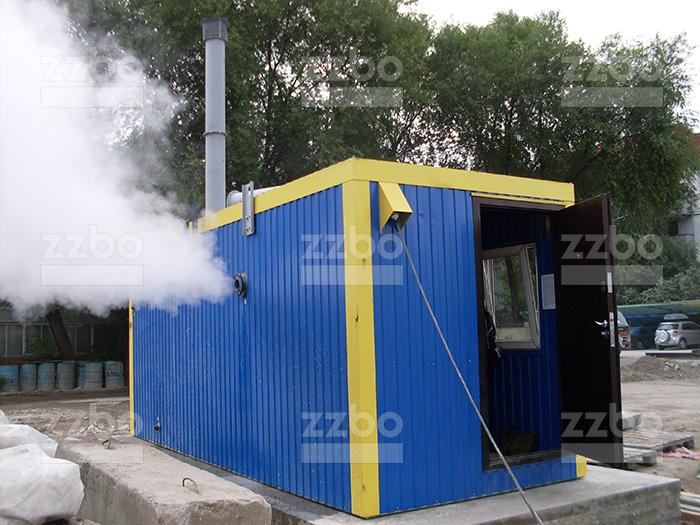
Advantages and disadvantages of the aerodynamic warm inerts
The list of indisputable advantages of heating the inert hot air from heat sources such as DVT-250 or similar systems from other manufacturers include the following factors:
- hot air passing through the hoppers DK concrete plants are not contaminated with combustion products of the fuel and does not affect the environment in the shop;
- extending through the thickness of the inert materials in silos DK hot air does not affect the quality of the concrete mix;
- hot air heating inert materials makes it possible to adjust the temperature of the air flow for adjusting the temperature supplied to the dosing components;
- heating the hot air and crushed sand retains moisture level in natural materials, without requiring additional adjustments water cement ratio;
- ease of control heat generators, the possibility of full automation of the heating industry.
К недостаткам метода можно отнести энергозависимость теплогенераторов, связанную с необходимостью подачи сетевого напряжения для электропитания вентиляторов. В настоящее время производителями теплогенераторов предлагаются варианты автономного энергонезависимого функционирования обогревающих установок без подключения их к магистральным электросетям.
conclusion
The introduction of innovative technology aerodynamic warm inert materials allows the concrete products throughout the calendar year, which positively affects the timing of construction.



